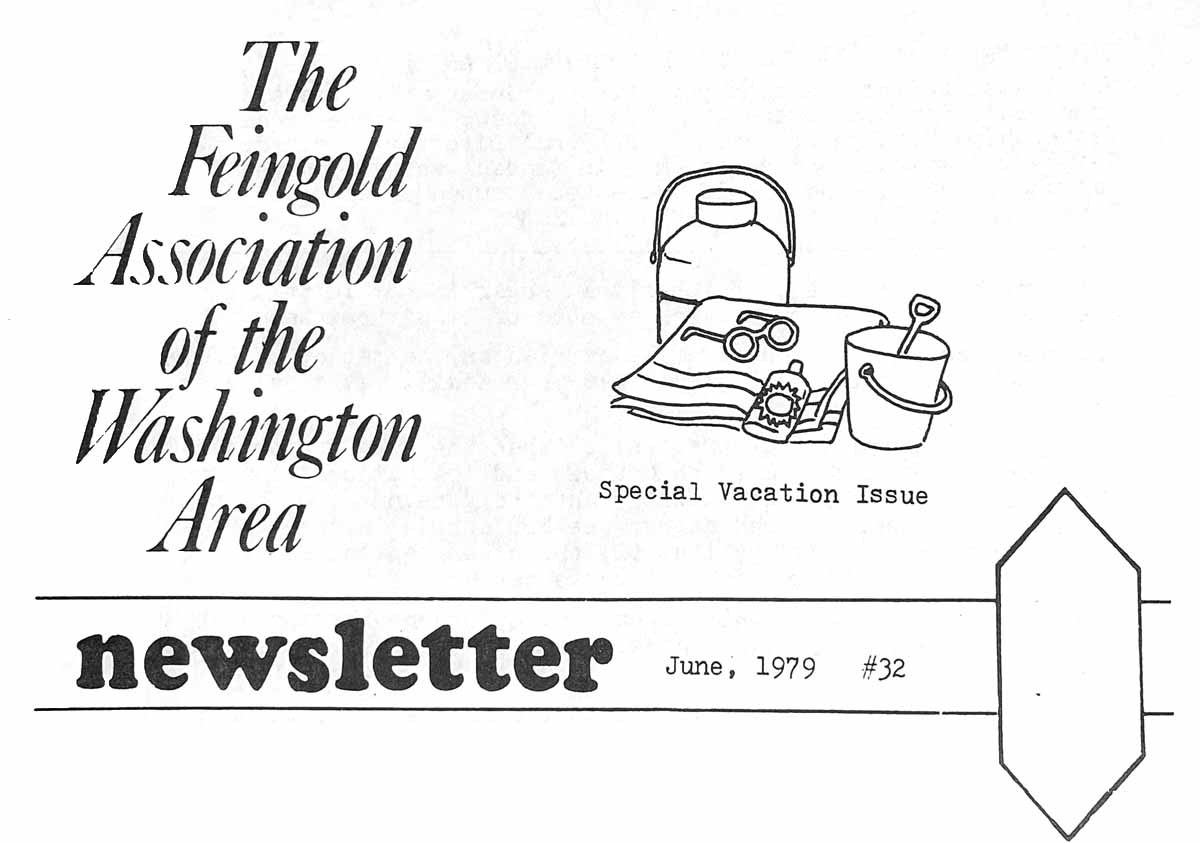
NEW YORK (Associated Press) May 8, 1979 — There is no evidence that hyperactivity in children is caused by their diet, in particular by artificial food coloring, an independent association of scientists has found.
The American Council on Science and Health Monday released the results of its analysis on hyperactivity and diet.
The study had been prompted by Dr. Ben Feingold, a pediatric allergist from California, who held that hyperactivity is caused by salicylates – an acid form used to make dyes – and artificial additives in food.
Dr. Frederick J. Stare, professor of nutrition at Harvard and a director of the council, concluded that “While we still have a great deal to learn about this condition, we do know that diet is not the answer.”
What is it? Who is it?
[] “. . . an independent association of scientists”
[] “The American Council on Science and Health”
[] “Dr. Frederick J. Stare, professor of nutrition at Harvard, and a director of the council.”
John L. Hess,
- Dr. Frederick J. Stare preaches that sugar is not fattening and that Americans could use three times as much of it without harm.
- … the special Stare message, as carried on the jacket of his widely read book, Panic In The Pantry, “Eat your additives; they’re good for you.”
- In 1950, Dr. Stare and others “established the Food Protection Committee (FPC) of the National Research Council and the National Academy of Sciences with grants from the food industry and the government. The committee’s first report clearly foreshadowed the FPC’s role in the years ahead: The report assured the country that DDT and other pesticides were quite safe.” (In 1969 DDT was acknowledged to cause cancer.)
- According to Dr. Stare, white bread is no less nourishing than whole wheat; and highly processed snack foods, fast foods, and colas are all desirable “scientific snacks.”
- Many nutritionists are worried about the huge amounts of phosphates being imbibed by adolescents with their soft drinks. Dr. Stare disagrees, and comments, “Does it surprise you to learn that cola is a good source of phosphorus? It is.”
Stare’s close associate and coauthor, Elizabeth M. Whelan, PhD, addressed a meeting of the National Soft Drink Association last fall. She urged the industry to promote its products not so much for being safe as for being enjoyable, adding that junk food might better be called “fun food.”
“The availability of something like soft drinks to children does not pose any known health hazard that would harm them,” she assured the bottlers. She encouraged the producers of fun food to continue such promotions as General Foods’ payment of five cents to school funds for every Kool Aid or Post cereal label brought in by the kiddies.
Dr. Whelan (who is a demographer, not a physician) is the coauthor of Panic in the Pantry. Here are some of the errors in this book which were pointed out by Washington Post’s Marian Burros:
- “All chemicals now in use have “survived rigid testing” (few receive any testing at all)
- The FA gave “a clear bill of health to red dye No. 2” (The FDA has banned it)
- “Artificial colorings have been cleared of the charge of causing hyperactivity in children”
- “The cattle feed DES is harmless” (see a history of this hormone by Raun 2002)
- “There is a safe threshold for the ingestion of carcinogens”
- “The only type of cancer that has increased in frequency in recent years is lung cancer”(Cancers of the colon, the rectum, the pancreas, and the esophagus have all increased.)
If Dr. Stare’s name has a familiar ring to it, perhaps you read about him in 1970 when he testified before Congress as a spokesman for Kellogg. (if you are old enough – remember this is an archive)




















